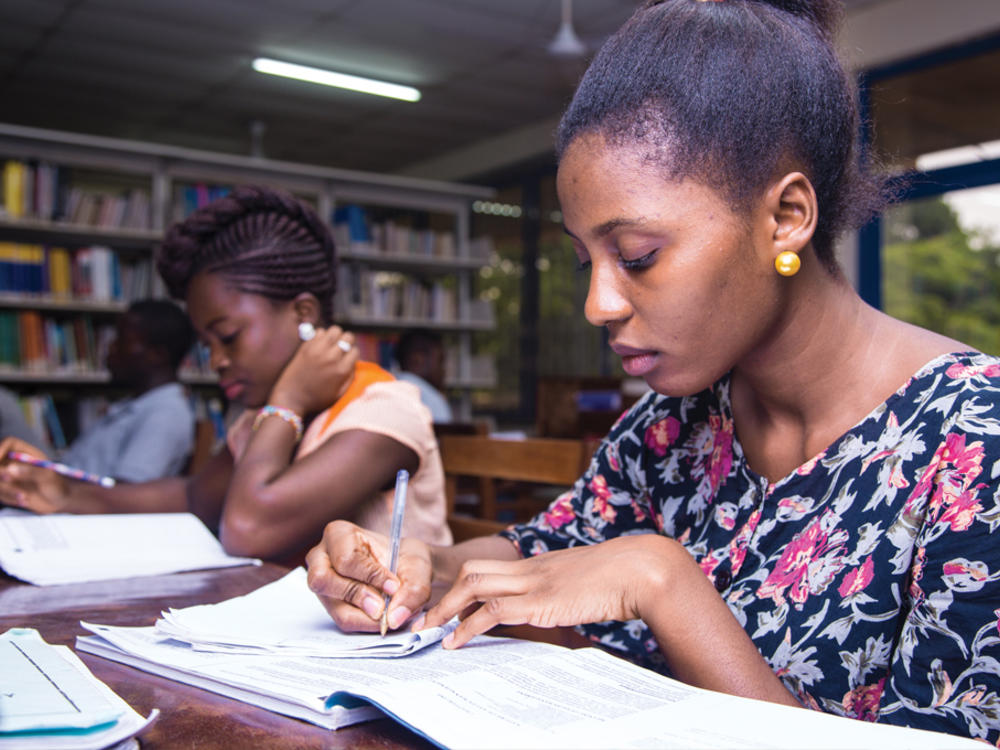The University of Cape Coast is set to play a key role in a £20 million UKRI-GCRF One Ocean Hub research project led by the Strathclyde Centre for Environmental Law & Governance, University of Strathclyde, United Kingdom.
Aims of the Project
The overall aim of the project is to transform global responses to the challenges currently facing the world’s oceans. The five-year project is being funded by the UK Research and Innovation’s Global Challenges Research Fund and will involve more than 50 partners, including world-leading research centres, development organisations, community representatives, governments and multiple UN agencies. The UCC team comprises researchers from the Faculty of Law, the Departments of Geography and Regional Planning, Fisheries and Aquatic Sciences, Sociology and Anthropology. The UCC team will also collaborate with researchers from the CSIR-Food Research Institute and the Centre for Conflicts, Human Rights and Peace Studies, University of Education, Winneba.
Stakeholders
The Hub will bring together the competing interests and agenda of individuals, communities and organisations that rely on our oceans to realise a vision of an integrated and sustainable approach to conservation and sustainable use of ocean resources. A key priority will be to ensure that the beliefs, knowledge, experiences, and rights of those who are most reliant upon the oceans and disproportionately affected by our failure to protect them, are recognised. The Hub will set out to uncover the less tangible values of the ocean, and the hidden ‘trade-offs’ in ocean decision-making. The goal is to ensure that decision-making at multiple levels (local to international) is based on evidence of risks and opportunities among competing ocean uses. The Hub specifically addresses the challenges and opportunities of South Africa, Namibia, Ghana, Fiji, and the Solomon Islands, and will share knowledge at regional (South Pacific, Africa, and Caribbean) and international levels.
The One Ocean Hub will help to support the Ghana and UK’s international commitment to the Sustainable Development Goals, in particular, SDG 14 on the conservation and sustainable use of the oceans.


